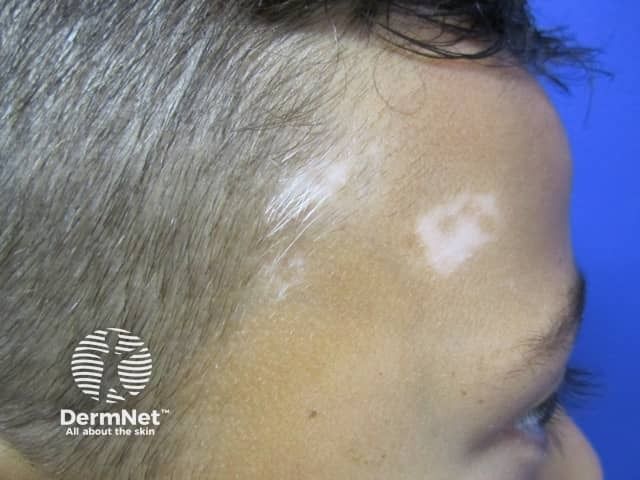Combination therapy, including oral silymarin and hair follicle transplantation, yielded a significant reduction in the measurable extent of vitiligo, according to study published in Journal of Cosmetic Dermatology.1
The researchers also reported an increase in perifollicular re-pigmentation after combination therapy.
Background and Methods
In 2011, researchers investigated the potential of silymarin, an immunomodulator with antioxidant properties derived from Silybum marianum (S. marianum). Silibinin, a major active ingredient of silymarin, can enhance melanogenesis and stimulate melanocyte activity by affecting key transcription factors and promoting cell proliferation.2
Given its ability to neutralize oxidative damage and modulate immune responses, silymarin could be a valuable addition to existing vitiligo treatments, the researchers wrote. In order to test its effectiveness, they conducted a retrospective, double-blind, randomized controlled trial at a single study site in Iran. The study involved 20 participants with refractory vitiligo.
Twelve patients were allocated to hair transplantation in combination with silymarin, while 10 patients were allocated to hair transplantation with placebo. In total, 2 patients, both from the combination therapy group, were lost to follow-up.
The trial lasted 3 months, during which the participants’ perifollicular pigmentation was assessed monthly.
Findings
Members of both treatment groups showed a statistically significant increase in perifollicular re-pigmentation over the 3-month study period. Specifically, the silymarin plus transplant group showed a more pronounced increase in pigmentation compared to the transplant only group. The statistical significance of these results was strong, with p values less than 0.001 for the silymarin group and 0.029 for the transplant-only group.
A monthly analysis revealed that the improvement in pigmentation was consistent throughout the study. The silymarin group showed significant differences from the transplant-only group at the first, second, and third months.
The study also looked at whether gender played a role in the results. Among participants in the silymarin and follicular transplant group, men showed higher mean levels of pigmentation compared to women at every assessment point. Although these differences were not statistically significant, all patients showed significant improvement by the end of the 3-month period regardless of gender.
Regarding safety and side effects, the researchers reported 1 single complication of the graft, suggesting that while the intervention is largely safe, secondary issues may arise.
conclusions
“The current trial demonstrates the efficacy of adding oral silymarin to hair follicle transplantation in participants with a diagnosis of vitiligo,” wrote Feily et al. Therefore, silymarin can be considered as a new treatment option for vitiligo.”
Moving forward, the study authors recommended further research into the effectiveness of both silymarin and the combination therapy for vitiligo, as the study may have been limited by its small sample size. The researchers called for larger studies involving topical formulations of it S. marianum and the inclusion of dose estimates.
References
- Feily A, Hosseinpour M, Samipour L, et al. Silymarin combined with hair follicle transplantation as a potential treatment for refractory vitiligo: a double-blind randomized controlled trial. J Cosmet Dermatol. August 20, 2024. https://doi.org/10.1111/jocd.16525
- Feily A, Namazi M. Silymarin as a potential new addition to the limited armamentarium against vitiligo: an untested hypothesis. Int J Clin Pharmacol Ther. 2011? 49(7): 467-468.
https://www.dermatologytimes.com/view/oral-silymarin-plus-hair-follicle-transplantation-efficacious-in-refractory-vitiligo


